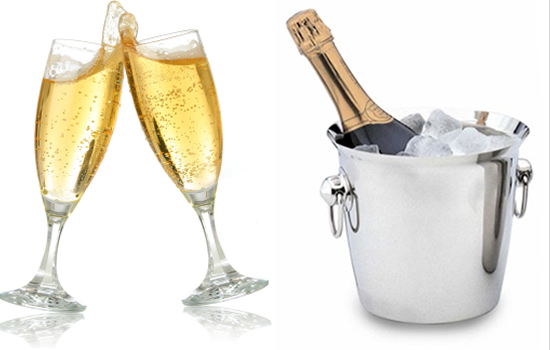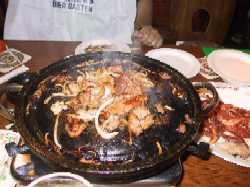
The word ‘champagne’ does not need any introduction to any beverage enthusiast in the world. In fact, champagne is one of the most highly recognized beverages across the world. It is associated with all celebrations and special occasions like christenings, championship celebrations and all grand parties among the celebrities and people who have a zest for life. The drink has acquired its name from that specific region of France where it is produced, Champagne and is basically a sparkling wine that is made by fermenting the beverage in multiple stages. Original champagne is only that wine which is being made from grapes grown in the Champagne region and by a typical method called Méthode Champenoise.
A true champagne is one which is made from typical grape varieties like Pinot Noir, Pinot Meunier or Chardonnay grapes grown in the areas of Marne, Aube, Aisne, etc in France. Once these grapes are procured for wine making, the process of secondary fermentation, known as Méthode Champenoise, must take place within the Champagne region.
History
The Romans are known to be the first people who cultivated vineyards in the Champagne region at least by the 5th century, and may be earlier too. Before medieval times, churches used to own vineyards and monks used to produce them for their own gatherings.
Contrary to the established belief, Dom Perignon, was not the inventor of wine. The oldest wine, in fact was invented by Benedictine monks in 1531. After about 100 years, the credit of documenting the process of adding sugar to finished wine goes to Christopher Merret for the purpose of second fermentation and bring it to its sparkling avatar. It happened almost six years before Dom Perignon started living in the Abbey of Hautvillers and almost forty years before it was famed that a Benedicton monk invented Champagne. Merret then presented the Royal Society a paper in 1662 which he detailed the process of second stage of fermentation which is known as Méthode Champenoise now.
Dom Perignon introduced a very useful and significant process in the production technique â the art of holding of cork with a wire collar, which helps in withstanding the fermentation pressure of the bottle.
For a long time, Champagne was produced by méthode rurale in France instead of Méthode Champenoise which did not include the second stage of fermentation. The process of Méthode Champenoise was introduced in the 19th century and before that it was made through méthode rurale in France.
The 19th century witnessed an exponential growth in Champagne production and down the lane came some changes also in its taste. The trend of drier champagne began in 1846 when Perrier – Jouet decided not to sweeten his beverage
Production
Méthode Champenoise is the traditional method of champagne production. In this method, after first step of fermenting and bottling, a second step of fermentation takes process in the bottle. This second round of fermentation is induced by adding yeast and rock sugar. According to experts, a minimum of 18 months are required for the fermentation process to get finished and flavors to come out. After aging of the bottle, it is manipulated, either manually or mechanically, through a process called remuage. The aim of remuage is to settle lees in the neck of the bottle. After chilling the bottle, the neck is frozen and the cap removed. The pressure built up inside the bottle forces out the ice which contains lees and then the bottle is quickly corked to maintain the carbon dioxide in solution.
Thus, after careful cultivation of best of grapes and several stages of fermentation and processing, you get one of the most sparkling and amazing wines in your hands to enjoy!




